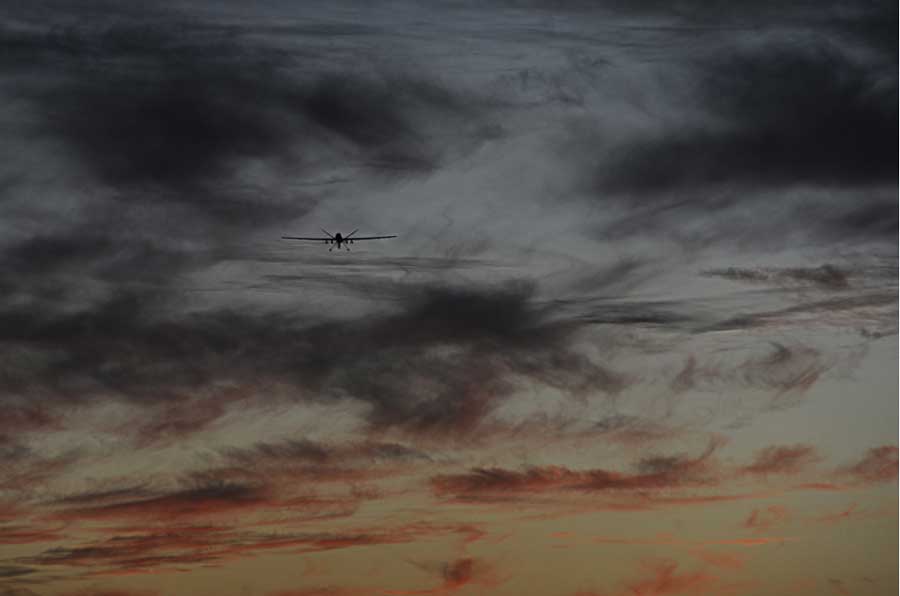01/02/2011 – An MQ-9 Reaper makes its final approach to the runway at Kandahar Airfield, Afghanistan, following a mission, Dec. 16. The MQ-9 Reaper is an unmanned aerial system with primary missions of close-air support, air interdictions, and intelligence, surveillance and reconnaissance. The Reaper is assigned to the 451st Air Expeditionary Wing.
Thirty-eight Predator and Reaper drones have crashed during combat missions in Afghanistan and Iraq, and nine more during training on bases in the U.S.– with each crash costing between $3.7 million and $5 million. Altogether, the Air Force says there have been 79 drone accidents costing at least $1 million each.
Accident rates are dropping, but the raw numbers of mishaps are increasing as use of the aircraft skyrockets, according to Air Force safety experts.
But no lives are lost, and for some experts, that’s the most important point: For them, drones are the vanguard of a new type of remote warfare that minimizes the risk to U.S. personnel. The number of crashes, however, illustrates how quickly the unmanned aircraft have become an essential part of U.S. combat operations. At least 38 drones are in flight over Afghanistan and Iraq at any given time.
Flight hours over Afghanistan and Iraq more than tripled between 2006 and 2009. However, ground commanders in Afghanistan say only about a third of their requests for drone missions are met because of shortages of aircraft and pilots. The loss of aircraft to crashes and other accidents can hamper combat operations — and risk the lives of troops who depend on them for reconnaissance and air cover.
Credit: 451st Air Expeditionary Wing
12/17/10



